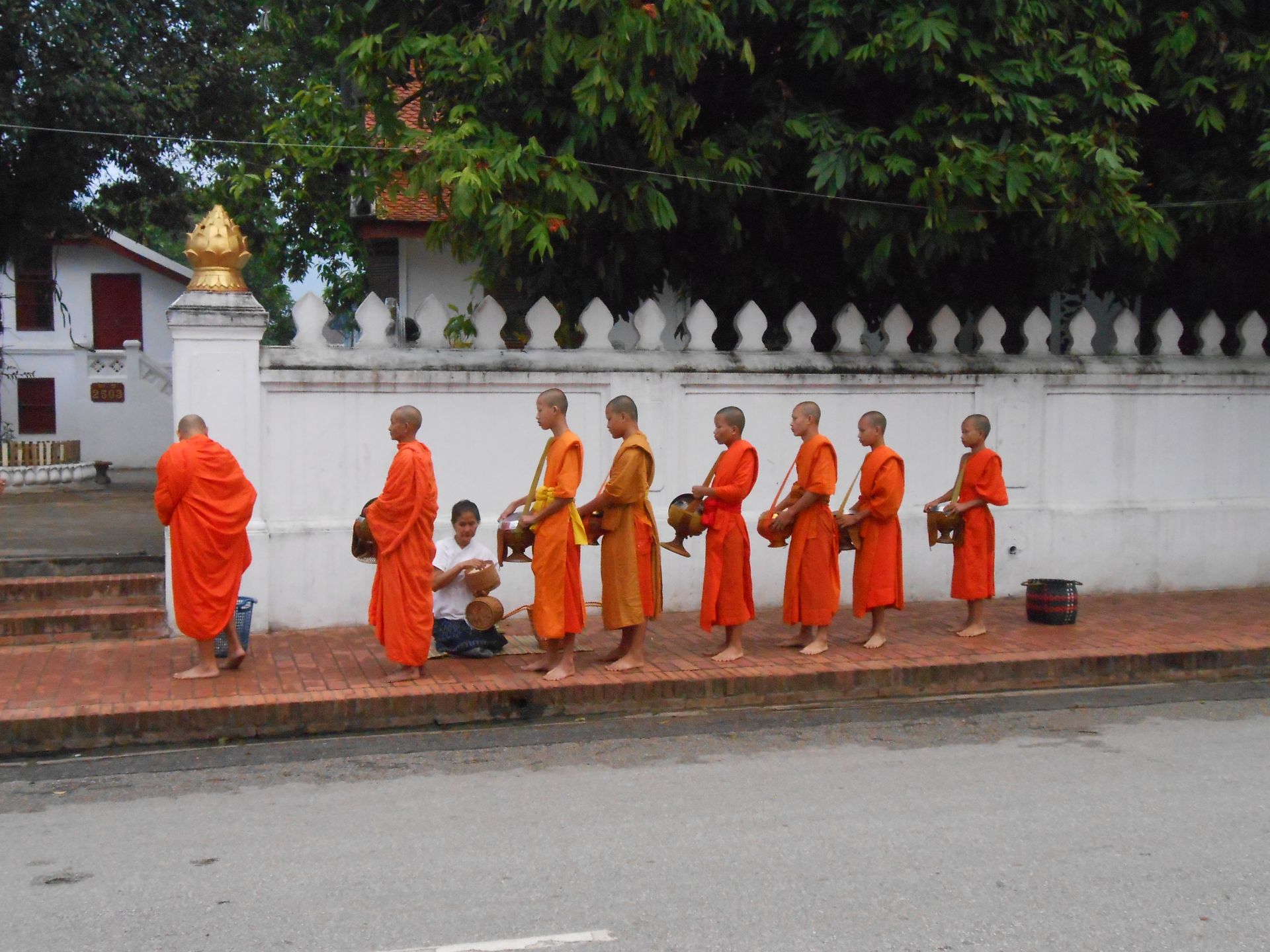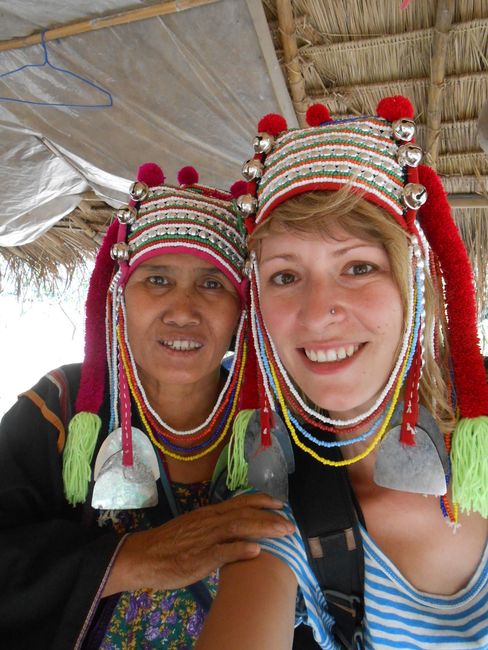
Sommer, Sonne, Kaktus
vakantio.de/sommer_sonne_kaktus
In the torture prison S-21 and the Killing Fields
प्रकाशित भइल बा: 06.05.2018
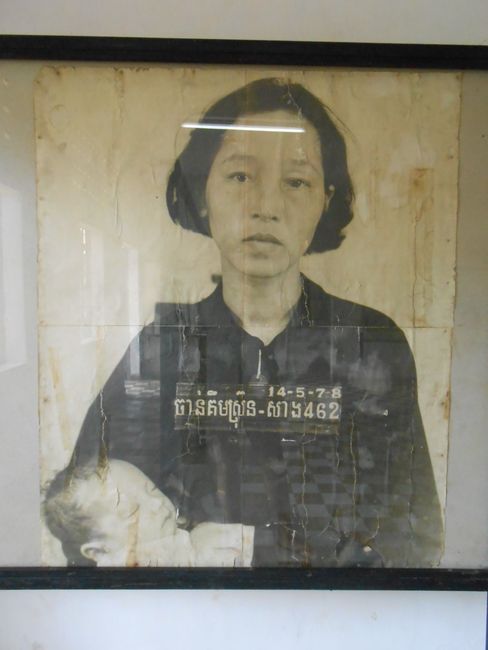
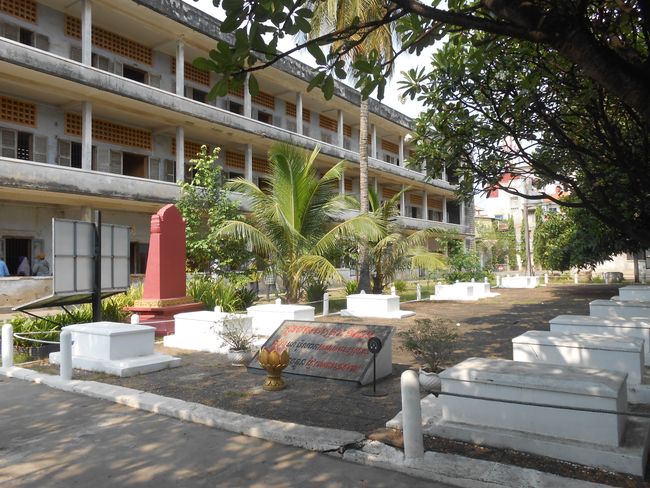
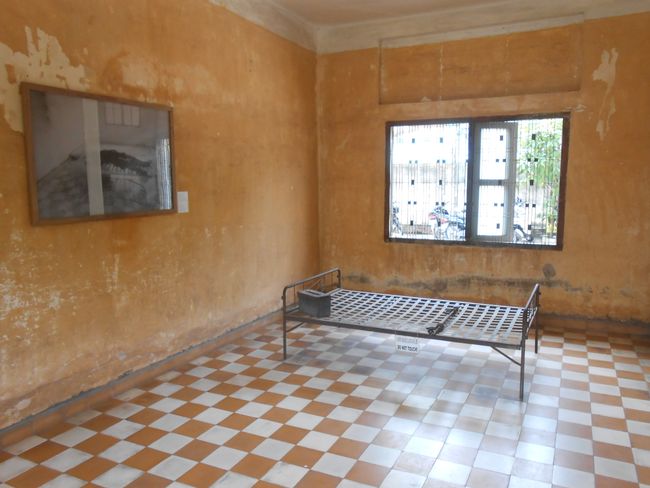
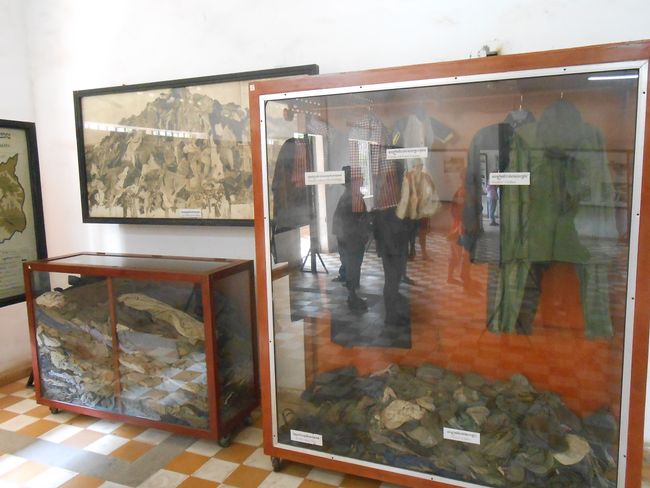
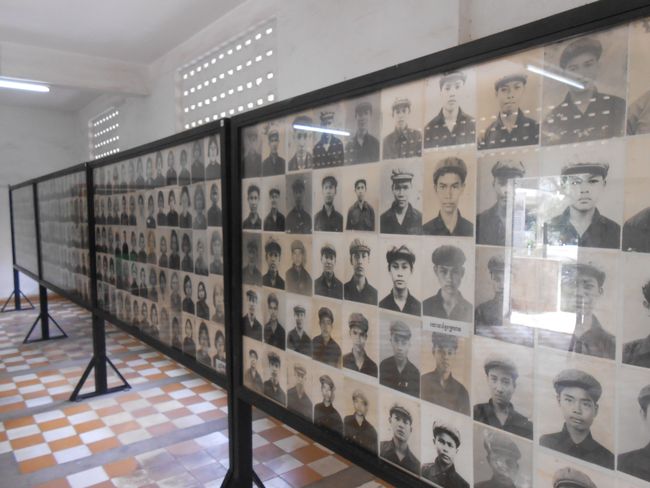
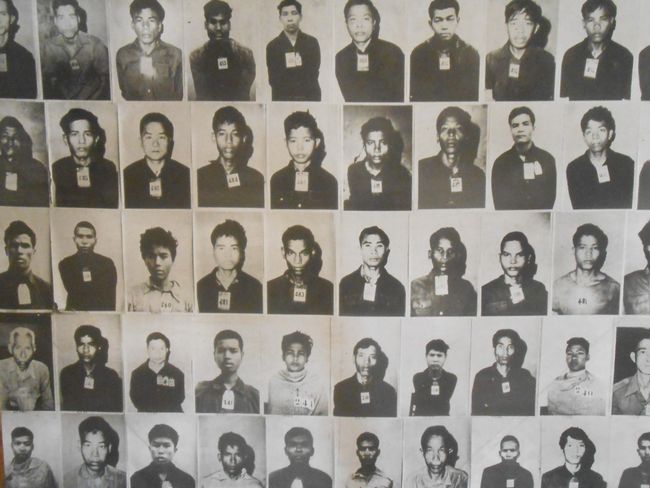
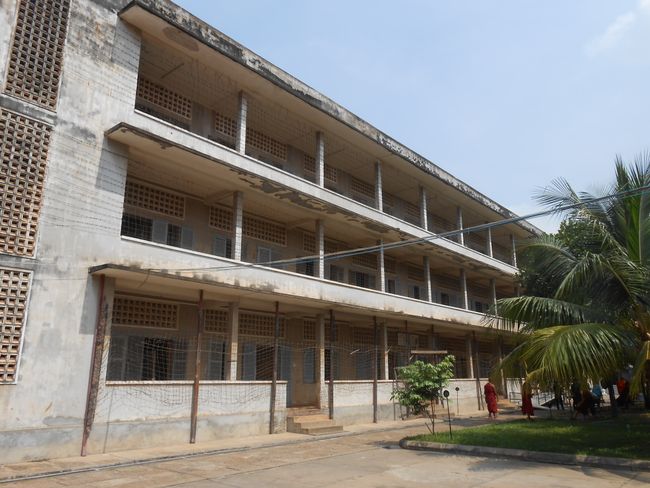
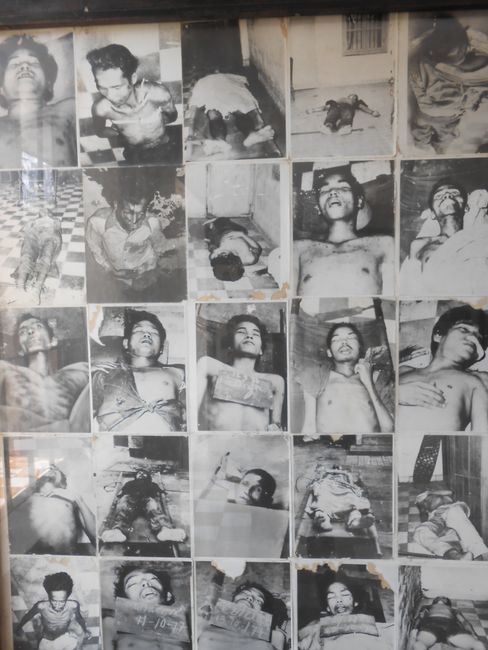
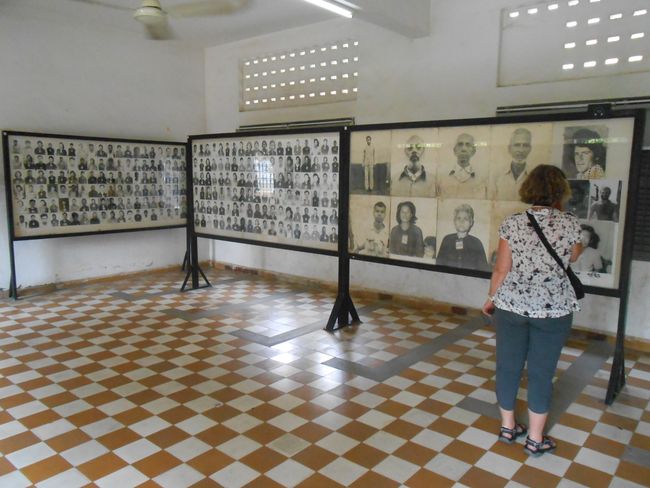
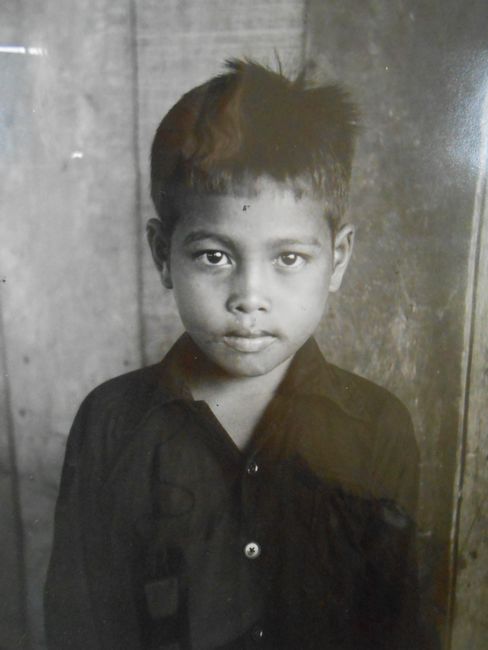
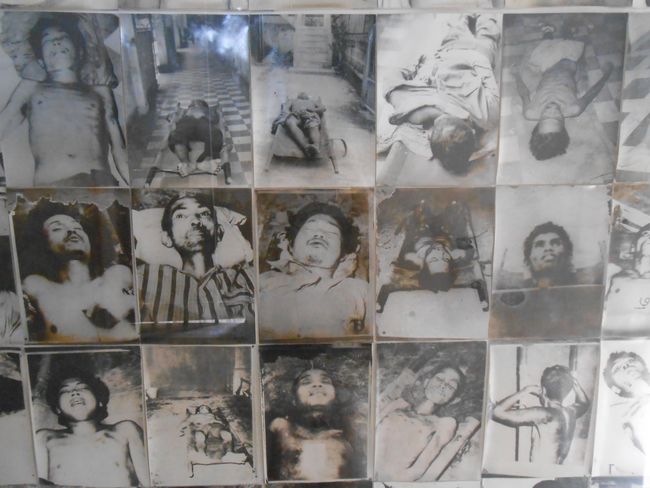
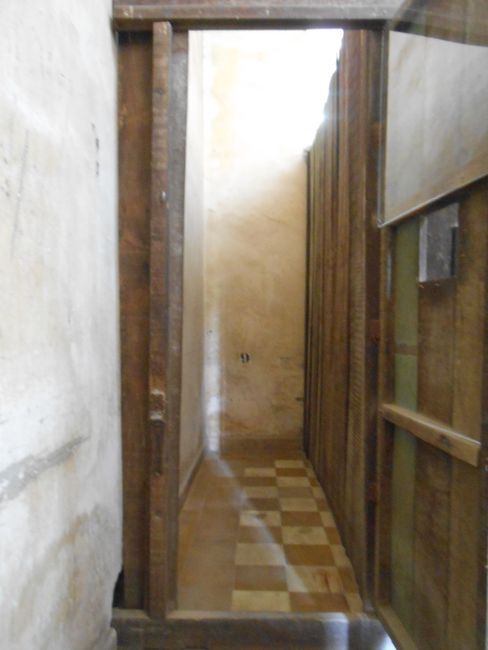
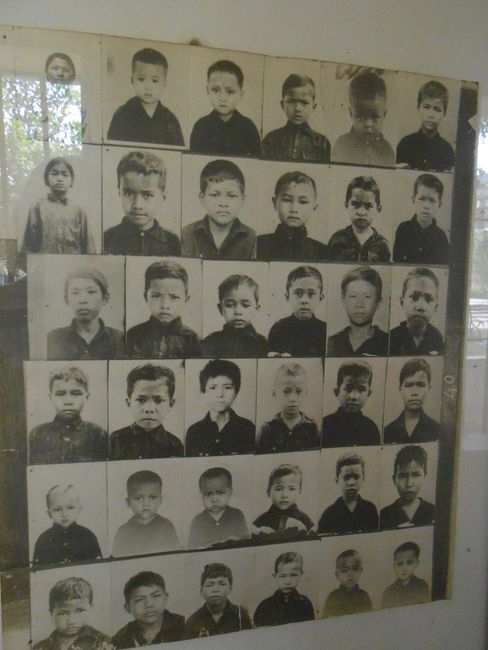
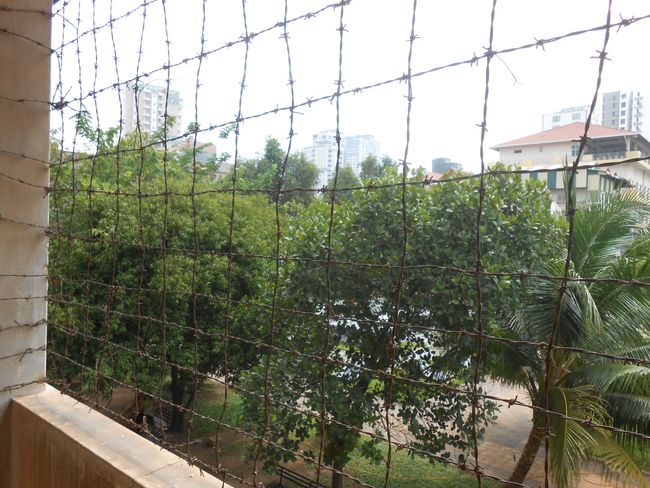
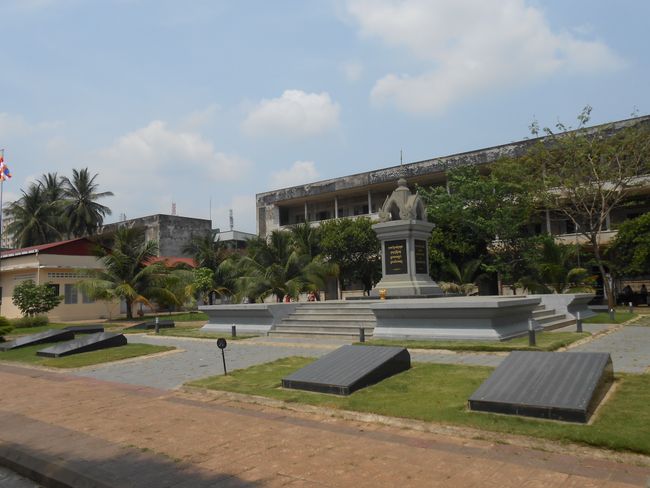
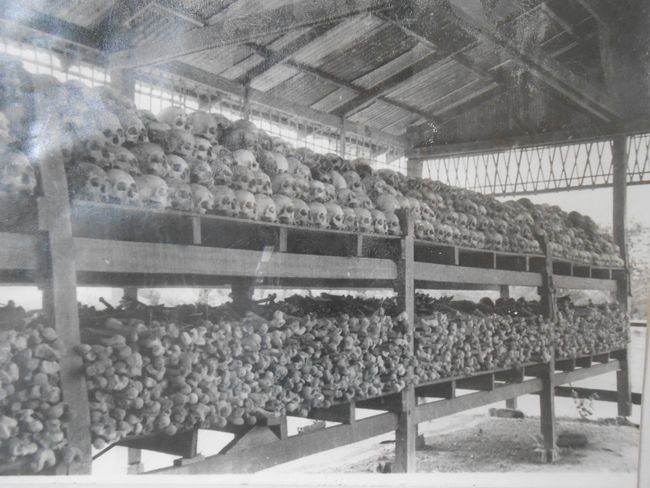
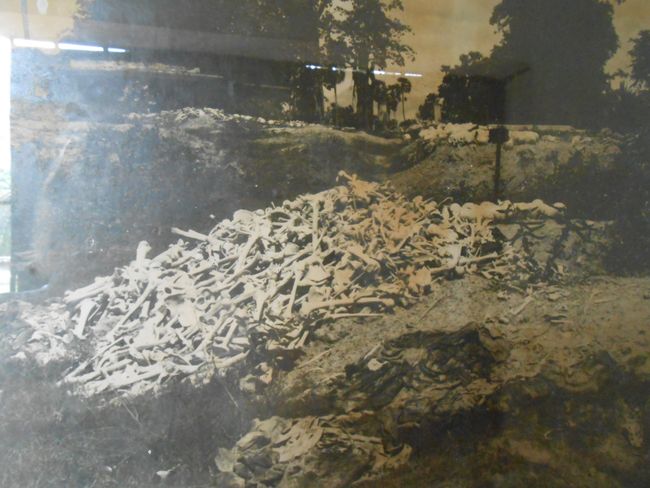
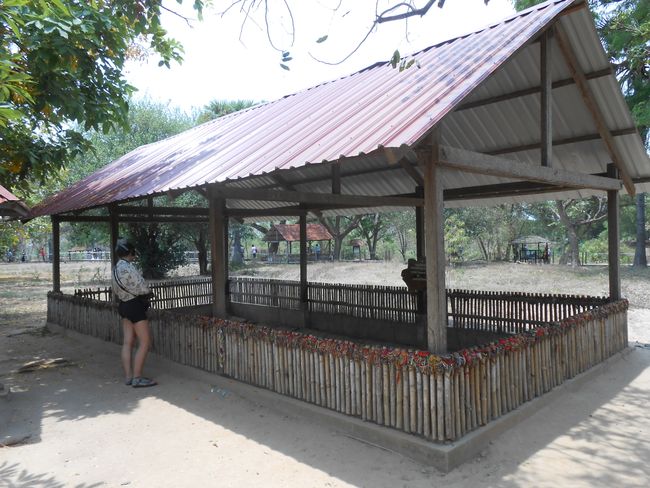
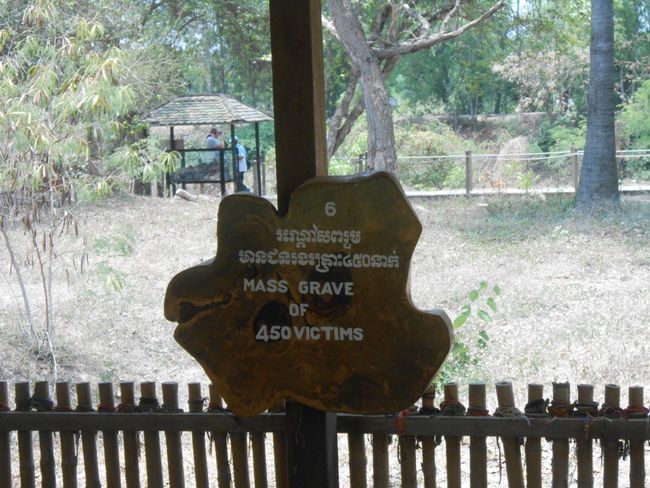
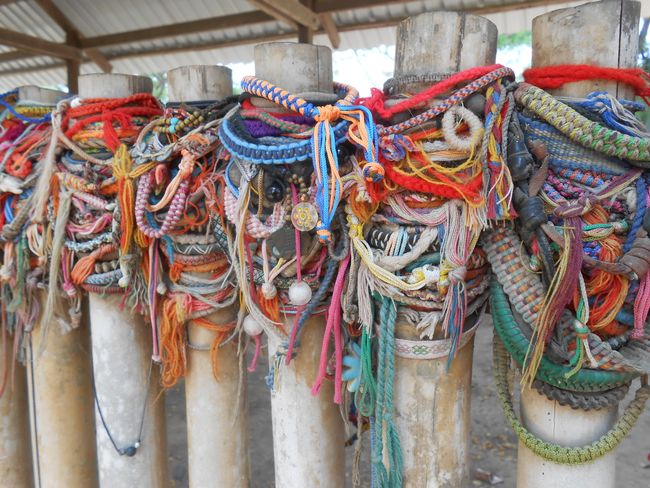
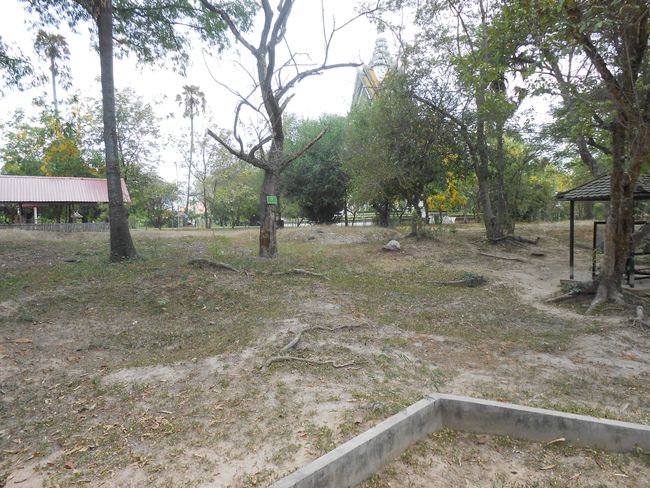
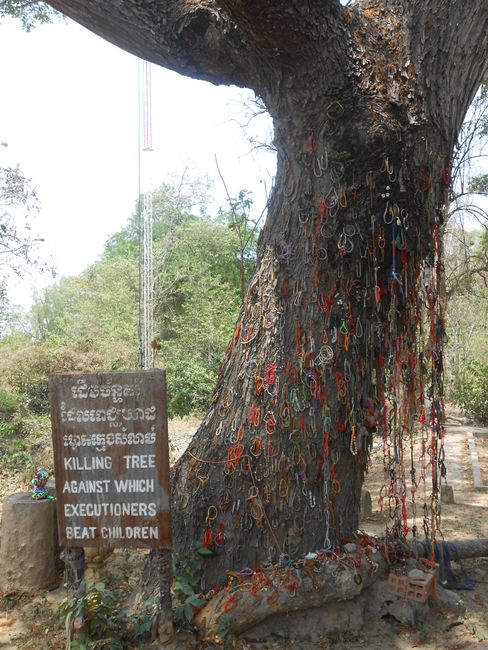
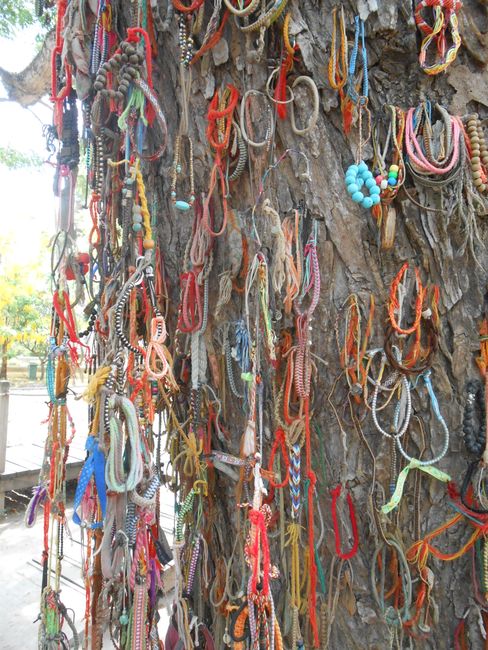
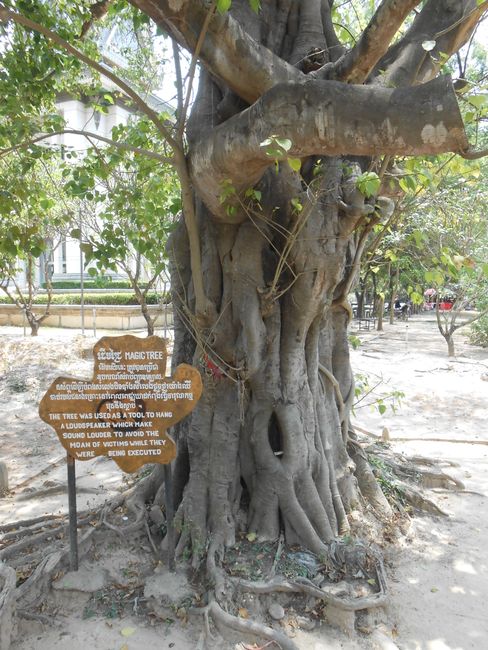
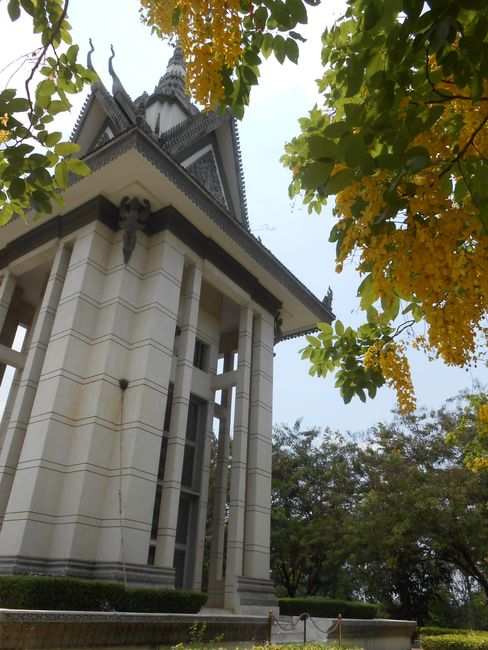
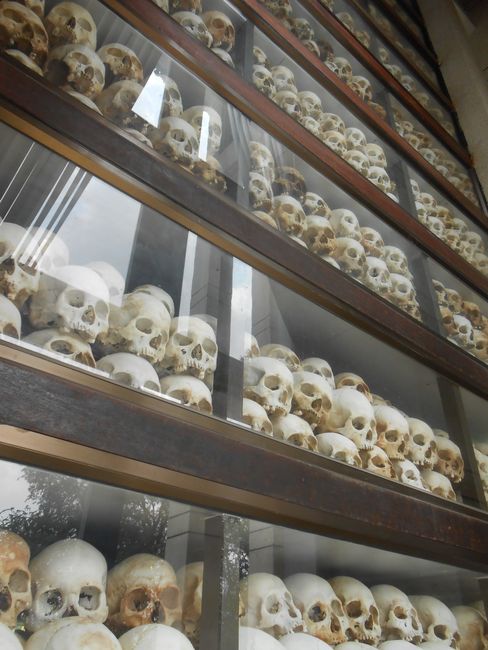
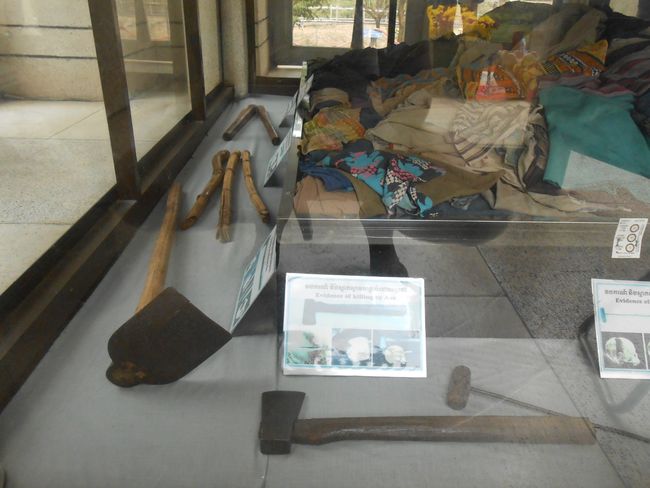
न्यूजलेटर के सब्सक्राइब करीं
In Phnom Penh, I was only there to visit the Toul Sleng Genocide Museum and the Killing Fields, two gruesome relics from the time of the Khmer Rouge's rule.
I didn't remember everything, but I hope that I and Wikipedia can convey it as accurately as possible:
In 1975, the Khmer Rouge marched into Phnom Penh, initially being acclaimed. Pol Pot was the leader of the Khmer Rouge. He studied in France and had always been interested in communism. He blamed the differences between the city and the countryside for the poverty in Cambodia, considering everything rural to be good and everything urban to be bad. The entire population was divided into "new people" and "simple people", with the latter being relatively privileged but still a large number of victims of the genocide. The city's residents were deported to the countryside, where they were forced to do hard labor. Within a few days, the cities were empty of people. Family structures were shattered and almost every aspect of life was controlled by the ubiquitous Angka, an organization of the Communist Party of Cambodia. Additionally, the healthcare and education systems were practically abolished.
Political purges, which ended for the victims in torture prisons like Toul Sleng and the Killing Fields, were justified by the need to "exterminate internal enemies" and "cleanse" society.
The regime's enemies were often educated individuals like doctors, teachers, lawyers, artists, and church representatives. Simply wearing glasses or being able to read was enough. All these people were brought to the torture prisons (S-21 was just one of many), interrogated, tortured, and then killed.
The prison was a schoolhouse before the time of the Khmer Rouge. The classrooms were converted into prison cells. Many of the beds, to which the prisoners were tied, are still there, and there are traces of blood in some of them. The people were often tortured for months with outrageous methods. Attempts were made to extract confessions from them. However, since most of them had never done anything wrong, they had to make up crimes they had allegedly committed, and then they were killed for it.
Each prisoner had to comply with strict regulations; laughing, crying, talking, and any other form of communication were prohibited. Violations were punished with beatings or electric shocks, and the victims were not allowed to scream.
What shocked me the most in the museum were all the pictures of people who were killed. It feels as if they are looking directly into your eyes, and you know that none of them survived. There are also many pictures of children, which touched me deeply.
After being admitted, the prisoners were assigned a number and addressed only by that number. There was no longer "he" or "she", only "it". Entire families were captured and killed, so that the children could not seek revenge in the future.
There are also displayed pictures of the deceased. These were made for the records, since the prisoners were actually supposed to survive the torture.
Aside from torture, there were occasional surgical procedures on inmates to improve the anatomical knowledge of the medical staff, as all doctors were killed. In addition, blood was taken from inmates to provide transfusions for wounded Khmer Rouge fighters. This treatment resulted in the death of approximately 100 victims due to blood loss.
Those who survived the torture were then taken to the Killing Fields outside the city gates and beaten to death with sticks, shovels, hammers, or axes, or had their throats slit, in order to save ammunition and avoid the noise of gunshots.
The worst thing on the Killing Fields for me was the 'Killing Tree', on which babies and small children were smashed. The mothers often had to witness this.
Pol Pot, who is responsible for all of this, as well as many of his accomplices, were able to continue living undisturbed until their deaths. Even after the end of the Khmer Rouge's rule, many countries, including Germany, still officially recognized them as the government. It was not until 2007 that some of them were brought to trial. Pol Pot was already dead at that time. He lived happily with his children and grandchildren until the end of his life.
What I saw on that day deeply shocked and saddened me. I do not understand how people can be capable of such acts. One can only hope that something like this will never happen again!
न्यूजलेटर के सब्सक्राइब करीं
जबाब
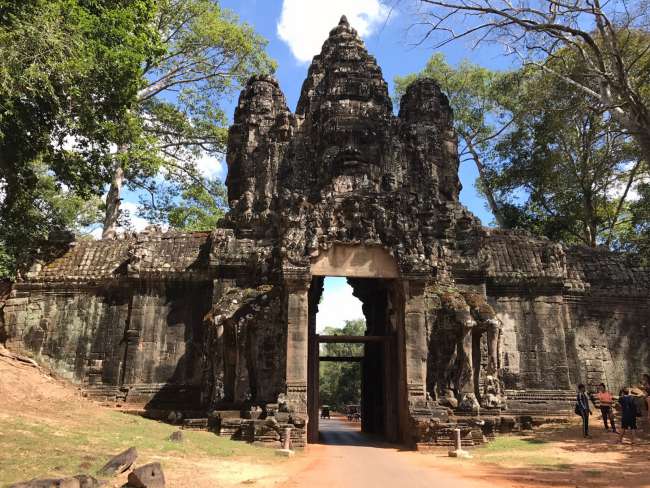
यात्रा के रिपोर्ट कंबोडिया के ह बा।
